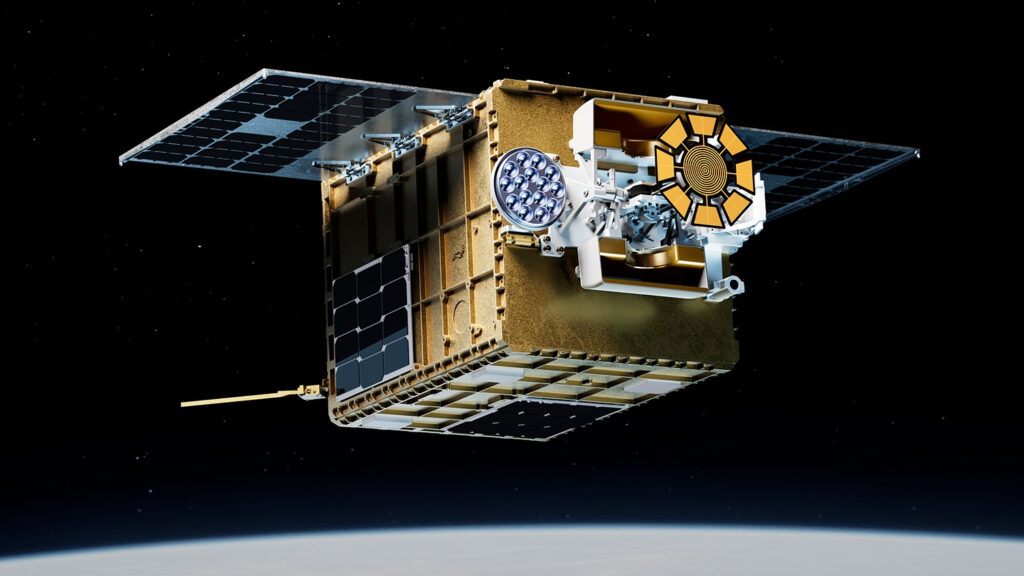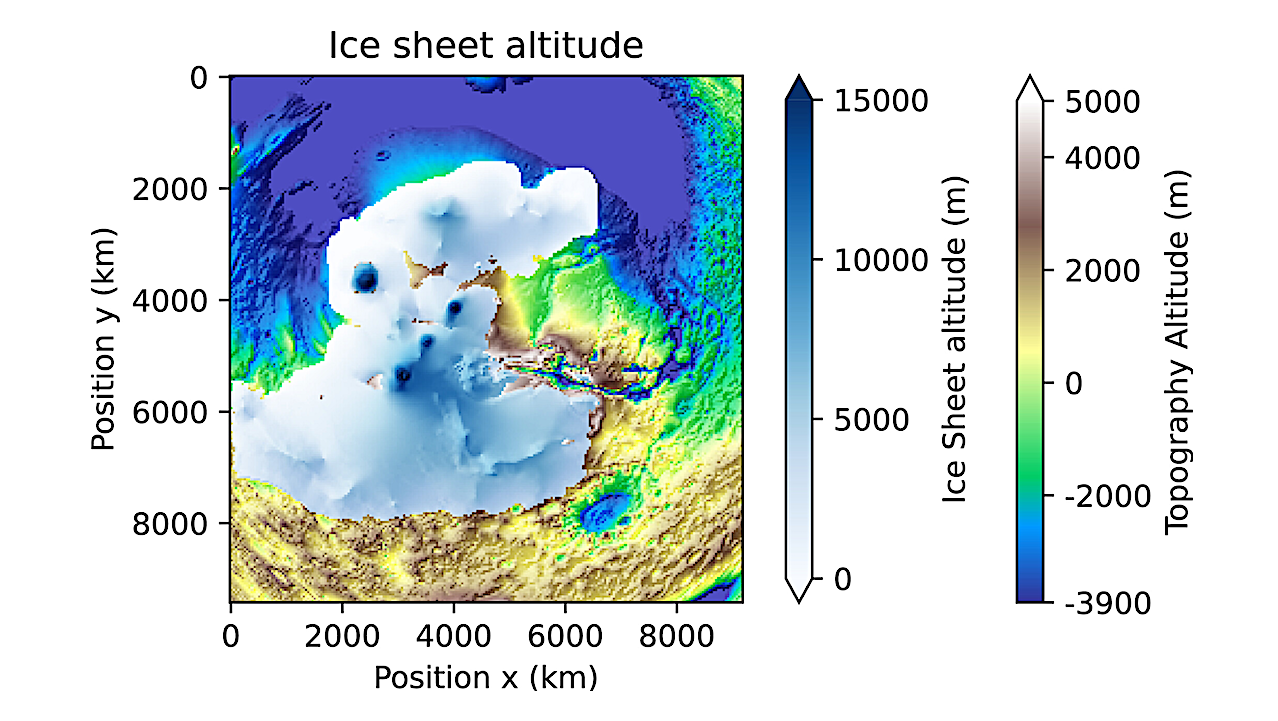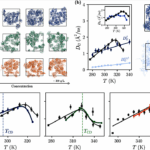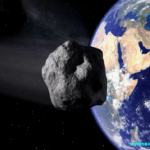Now Reading: Aurora alert! 4 coronal mass ejections are racing toward Earth and could spark impressive northern lights this week
-
01
Aurora alert! 4 coronal mass ejections are racing toward Earth and could spark impressive northern lights this week
Aurora alert! 4 coronal mass ejections are racing toward Earth and could spark impressive northern lights this week
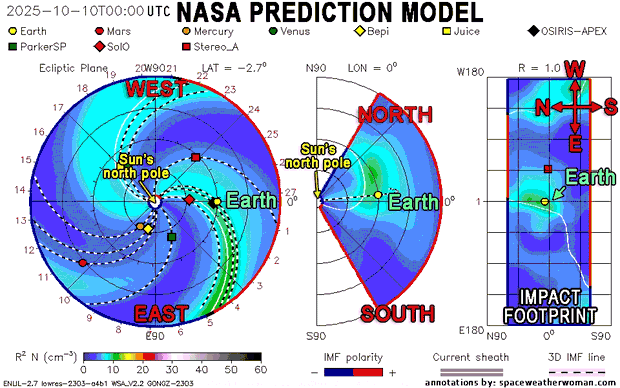
A train of solar storms is barreling toward Earth, with four coronal mass ejections (CMEs) expected to hit over the next few days. Any potential impact could trigger impressive auroras in northern skies and possibly even at mid-latitudes.
Multiple CMEs launched from sunspot region AR4246 between Oct. 11 and 13 are forecast to reach Earth between Oct. 15 and 17, according to the National Oceanic and Atmospheric Administration’s (NOAA) Space Weather Prediction Center.
The strongest disturbances are expected late on Oct. 15 into Oct. 16, when geomagnetic storming could reach G1 (minor) levels. Though G1 is the mildest category on NOAA’s five-point space weather scale, it can still cause impressive aurora shows at high latitudes such as northern Michigan or Maine. G1 storms can also cause weak power grid fluctuations and minor satellite impacts.
Scientists say the effects could last for days. “NOAA’s model run shows the first storm hitting early to mid-day October 14 UTC time. Storms 2–4 arrive starting midday on October 15. We could be dealing with their effects until early October 17, assuming the sun does not send us any other Earth-directed storms!” space weather physicist Tamitha Skov, wrote on her Patreon page. Skov also shared an annotated NASA model showing the four eruptions racing toward Earth.
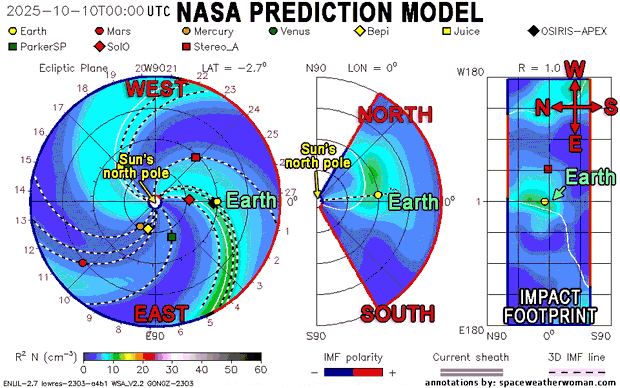
Skov added that the first CME is likely to bring only a “mild disturbance,” but warned that the following three are “pancaked together,” potentially amplifying their effects when they arrive in quick succession.
NOAA and the U.K. Met Office both expect the most significant space weather activity to occur around Oct. 16, when the combined impact of the CMEs could trigger minor (G1) geomagnetic storms. That means the northern lights could make a brief return for skywatchers in northern Scotland, Canada, and northern-tier U.S. states, provided skies stay clear and the solar magnetic field tilts favorably toward Earth.
Solar activity has been running high this week. Region AR4246, a large and magnetically complex sunspot group, has produced several M-class flares, including an M2.7 flare on Oct. 13 associated with one of the current CMEs.
CMEs are colossal bursts of magnetized plasma from the sun that can buffet Earth’s magnetic field, producing auroras when charged particles collide with atmospheric gases. While these upcoming storms are expected to be moderate, their timing and clustering make them particularly exciting for aurora hunters.
Keep those eyes on the skies and those cameras charged. We could be in for quite the treat!
Stay Informed With the Latest & Most Important News
Previous Post
Next Post
-
 012024 in Review: Highlights from NASA in Silicon Valley
012024 in Review: Highlights from NASA in Silicon Valley -
 02Panasonic Leica Summilux DG 15mm f/1.7 ASPH review
02Panasonic Leica Summilux DG 15mm f/1.7 ASPH review -
 03From Polymerization-Enabled Folding and Assembly to Chemical Evolution: Key Processes for Emergence of Functional Polymers in the Origin of Life
03From Polymerization-Enabled Folding and Assembly to Chemical Evolution: Key Processes for Emergence of Functional Polymers in the Origin of Life -
 04How New NASA, India Earth Satellite NISAR Will See Earth
04How New NASA, India Earth Satellite NISAR Will See Earth -
 05And Thus Begins A New Year For Life On Earth
05And Thus Begins A New Year For Life On Earth -
 06Astronomy Activation Ambassadors: A New Era
06Astronomy Activation Ambassadors: A New Era -
07SpaceX launch surge helps set new global launch record in 2024














